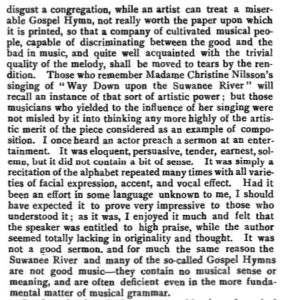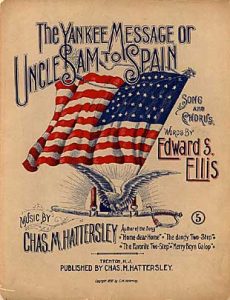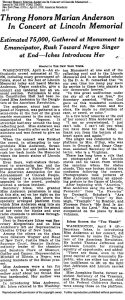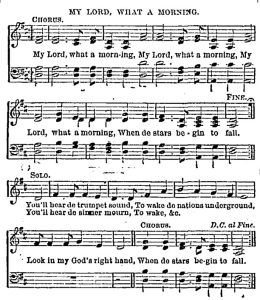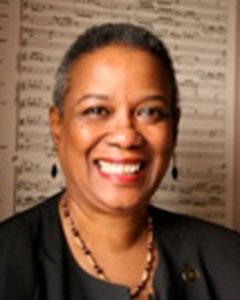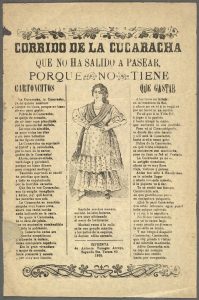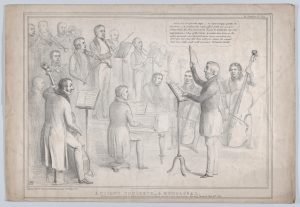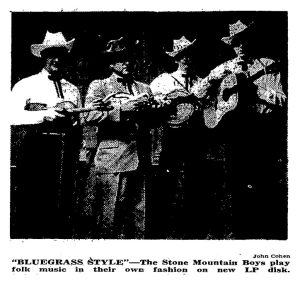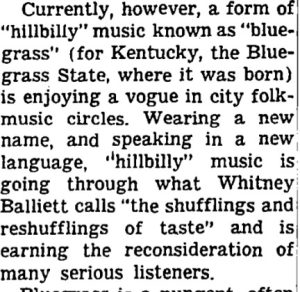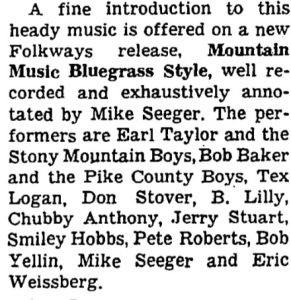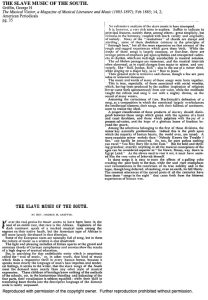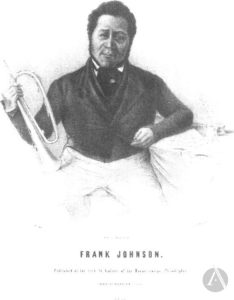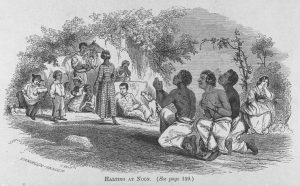Non-Africans have such a narrow view of what Africa is and its diversity. In recent years, much of the culture, such as dances, music, and food, has become “trendy”. In 2020, Beyoncé released the visual album “Black Is King”. It has been over a year and I still have not seen it. I love Beyoncé. She is one of my biggest role models and the person who got me into music. However, I have an underlying dislike for this body of work.
As a Nigerian American, it is frustrating to see my culture being glorified after many years of feeling ashamed of my heritage. As a child, I was made fun of for my name, certain words in my vocabulary, and my parents’ accents. I did not want to watch “Black Is King” because I thought it wasn’t fair for Beyoncé to receive so much credit for popularizing the culture that many of us have had to ride for their whole lives. Although I am not saying African culture isn’t their culture and I want Black Americans to feel connected with us, it is exasperating to see them profiting off the culture after it took them so long to fully claim it.
This is almost similar to the creators of the “Map of Slave Songs of the United States” researching and accrediting white abolitionists.
In this text, Ghanaian-American writer and editor Karen Attiah talks about the collaborations Beyoncé made for the “Black Is King” album. Attiah also addresses the criticism Beyoncé received for the album. A one-dimensional view of Africa is that the men are kings and the women are their wives, mothers, and guardians and this perspective is reinforced in “Black Is King”. I think that non-Africans believe this perspective is empowering for us, and it can be, but not when it is the only perspective. This is a narrative that is repeated in The Lion King and Black Panther. These are two of the most popular African-based movies and they share the same father-to-son becoming a king theme for men and wife/mother/guardian theme for women. While I appreciate that some of these stories are trying to bring to light “African culture”, in the long run, this repeated portrayal might do more harm than good.
In regards to the author of the text, I validate her credibility because she is African. Validation by white american means (PWI education and experience) carries no weight with me in this context. This is completely separate from white people. To me, her validity lies in the fact that she is well connected to her Ghanaian roots and has knowledge of Black America and perceptions of Africa because she has grown up experiencing both.
Citations:
Attiah, Karen. “‘Black is King’ is Built on Problematic Narratives. Still, its Power is Undeniable.” WP Company LLC d/b/a The Washington Post, last modified Aug 07.

